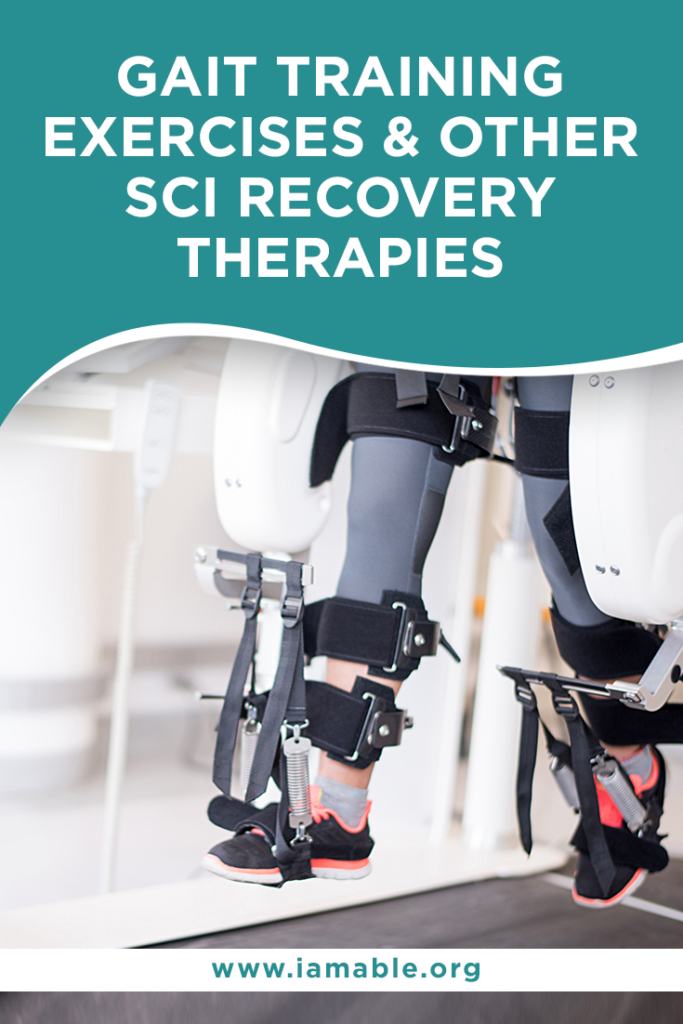Miami, FL 33186

When recovering from a spinal cord injury, several different therapies can work together to optimize your results. Today, we are going to focus on exercises that will help speed your recovery process. From range of motion exercises to gait training exercises, we will look at five of the best exercise therapies to help SCI survivors reach their full potential.
Most SCI survivors will experience at least some degree of reduced mobility. This is especially true if the injury is complete. In that case, there is often paralysis from the site of the injury and lower. Because of this loss of motion, it is vital to retain all of the mobility you have following an SCI.
Unfortunately, a long recovery in the hospital may lead to atrophied muscles, stiff joints, and mobility loss, even for functional muscles. Therefore, range of motion exercises are crucial. They strengthen your body and help you restore an optimal range of motion for the muscles that continue to function correctly.
You can also perform passive range of motion exercises. This means that a physical therapist will move parts of your body for you that you cannot operate on your own. That will help the joints stay limbed, even in paralyzed regions on the body. You may also learn to do some passive exercises on your own, where you can use a mobile part of your body to stretch other muscles that are non-functioning.
You may also experience tightness or spasticity in your muscles. Stretching is a key way to reduce this issue. While you may stretch the upper part of your body, your lower extremities may require assistance. Again, a physical therapist may provide support, or you may learn some passive stretches that you can perform on your own.
Ensure that you move slowly, especially when you experience reduced or no sensation when stretching parts of the body. You can still experience an injury if you bend too far, and the damage can grow worse if you don’t feel it and know there is an issue to correct.
For SCI survivors with an incomplete injury, you may have some feeling in your legs or be able to regain some range of motion. When exercising by yourself, laying down while performing your workout reduces the risk of injury. Therefore, exercises such as straight leg raises are a great way to work out when you are on your own. Bend the leg you are not lifting so that you can use it to stabilize your body.
If you have done well in your recovery but still want to improve, some seated exercises can help you regain even more range of motion, strength, and stability in your legs. Here are three examples:
Gait training exercises are essential regardless of the extent of your injury. If you live with paraplegia after your injury, you will require the assistance of an unweighing treadmill. The Lokomat is one such gait training device that will support your weight above the treadmill. Exoskeleton straps to your legs to perform a natural walking motion. Thus, even a paralyzed patient can experience gait training exercises.
For those dealing with paresis, your physical therapist can determine how much of the work you share with the machine. This allows you to walk safely despite weakened muscles. Of course, if you are dealing with muscle weakness rather than paralysis, you will also want some overground training. This can include practicing walking with assistive devices like a walker, cane, or parallel bars.
Additionally, aqua therapy can be helpful for gait training exercises. Since the water supports much of the weight for you, you don’t have to hold yourself up entirely. At the same time, the water provides resistance to increase the amount of exercise you get while walking.
Paralysis Recovery: Will You Walk Again After Your Spinal Cord Injury?
Our eBook, 7 Unbelievably Important Steps to Take to Thrive after Paralysis, can help you prepare mentally for your recovery journey. It is just one more way that iAM ABLE is assisting patients in meeting the challenges of SCI recovery.
Grab our free e-book 7 Unbelievably Important Steps to Take to THRIVE after Paralysis by clicking the image below.
